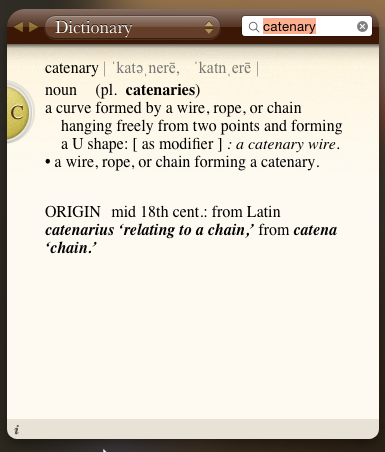BruceK
Moderator Emeritus
- Joined
- Oct 31, 2011
- Messages
- 13,347
- Vessel Name
- Sojourn
- Vessel Make
- Integrity 386
Eric, that`s how the "Anchor Buddy"works. We`ve got one but with the Sarca of course we don`t need it  .
.
You lower the AB weight attached to and down the set rode to the seafloor as at high tide. Idea is the rode then lies horizontal along the seafloor from the AB weight to the anchor, making the pull horizontal rather than upward. Not really a catenary,but similar in effect.
You lower the AB weight attached to and down the set rode to the seafloor as at high tide. Idea is the rode then lies horizontal along the seafloor from the AB weight to the anchor, making the pull horizontal rather than upward. Not really a catenary,but similar in effect.

